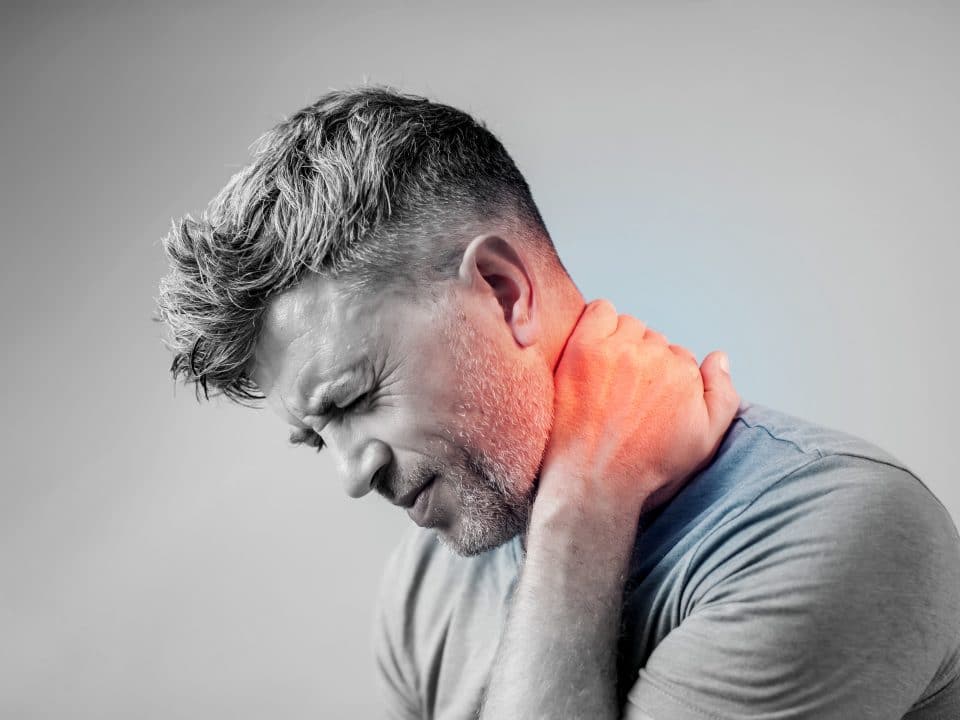Health Tips for Gardening

Avoiding Back Pain: Safe Snow Shoveling
January 15, 2018The beginning of spring in Canada is also the beginning of gardening season. The snow has melted, the ground has thawed, and you are aching to get your hands dirty. Follow these tips for a pain-free summer, adapted from the Canadian Physiotherapy Association, and extend your gardening season by using the right tools and learning to move efficiently.
WARM-UP, KEEP MOBILE, AND COOL DOWN
Stretching allows you to move more easily, keeps your muscles relaxed, and your joints mobile. Perform a simple stretching routine as a warm-up and cool-down, and periodically while in the garden to break up repetitive movements. You can do shoulder circles, trunk rotation, heel/toe stands, or any variety of stretches that keep you feeling loose and flexible. Remember, if you feel any stiffness while gardening, pause and stretch.
When stretching, make sure movements are slow and controlled. Stretching should never be painful! When you feel the stretch, hold for 10-15 seconds without bouncing; stability is important.
FIND YOUR “ZONE”
Find your safe zone and work within it. This means finding a position that allows you to maintain a comfortable posture. Avoid potential injury by lifting with your knees while keeping your back straight. Keep your work in front of you, close to your body, and avoid reaching and twisting.
AVOID ACHES AND PAINS BY USING THE RIGHT TOOLS
Gardening tools are not one size fits all. Find the tools and equipment that ease the work; shovels and rakes that allow you to avoid bending or knee pads for kneeling as examples. Keep supplies within easy reach and use tools that reduce work: wheelbarrows for transporting supplies, extended handles to reduce reach, and tools that are lightweight and durable with good/ergonomic grips.
When raking keep the rake close to your body and hinge at the hips with a straight back. Use your arms and shoulders and avoid twisting. Long-handled tools suited to your height will help you maintain proper posture.
When weeding or planting, squat or kneel instead of bending from the waist. Use a support handle or a bench for assistance if you have difficulty getting up. For potting, use a counter top if possible to prevent unnecessary bending. Gardening aprons can be used to carry tools at are frequently used.
When digging or shovelling lift small amounts at a time. As with raking, keep your back straight, avoid twisting, and bend at the knees. Use a wheelbarrow to move large loads. Shovel length and weight vary; select the size that’s best for you and the task you are doing. Repetitive shovelling can be demanding. You can reduce the chance of injury by spreading digging and lifting over the day, week, or season.
When maintaining your garden (pruning or trimming), get as close to your work as possible. Avoid stretching beyond your reach and maintain a loose comfortable grip. Choose tools that fit your hand so that your hand remains in line with your forearm. You can wrap handles with hockey tape or something similar to improve your grip. Large, padded handles are more comfortable for gardeners with pain or athritis in their hands. Foam tubing can be used to enlarge/pad handles. Remember to wear gloves and always sharpen your blades to make cutting easier!
PHYSIOTHERAPY CAN HELP
Despite best efforts, injuries do happen. If you experience a sprain or strain, pain in your joints, or muscle pain that just doesn’t seem quite right while gardening, we can help. The physiotherapists at Midtown Physiotherapy facilitate people of all ages to continue doing the activities they love.
The Canadian Physiotherapy Association (CPA) presents educational references as a public service and for informational purposes only. The content is not intended to be a substitute for professional medical advice, diagnosis, or treatment. The opinions expressed do not necessarily represent the opinions of the CPA membership.




